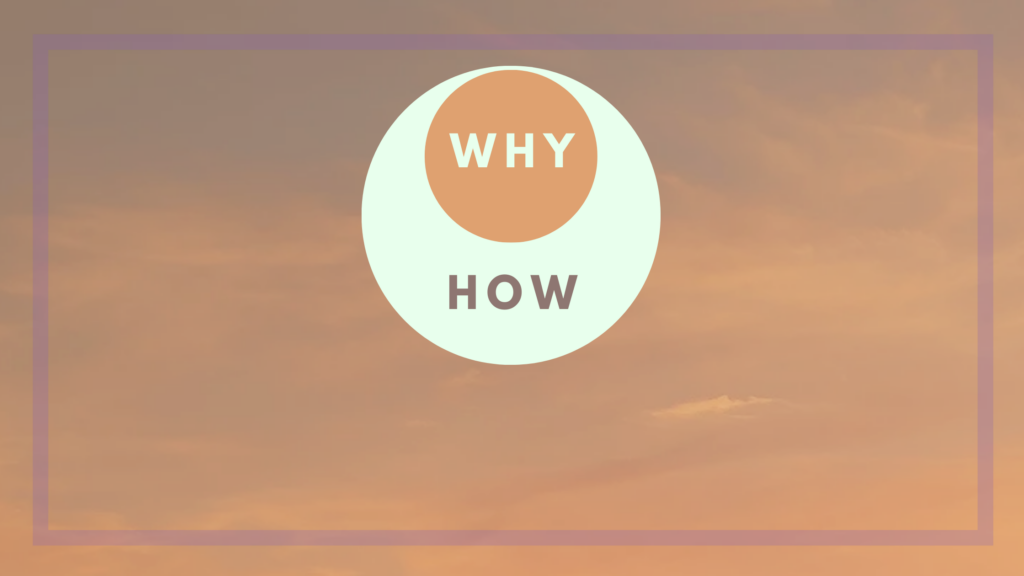Over the past two decades, I’ve worked with companies at various sizes and stages of remote maturity: from all-remote startups in scale, to established corporations focusing on retention, to companies transitioning away from (or back toward) the office. And there’s one thing I’ve observed again and again:
A huge disconnect between the people who are thriving in their day-to-day work, the people who are falling through the cracks… and leaders, who are working entirely differently from their team.
Example: An executive is in meetings 8+ hours every day, and spends about half her days in the office. Her team, on the other hand, is fully remote and has fairly strong async work practices. The people who want to be “seen” by this leader must schedule time with her, ideally in person. People who live outside the US have almost no interaction with her. The culture fractures, becoming hybrid and US-based for the leadership team. People start to check out and quit, realizing they won’t be effective in their work.
You can see where this is headed. In this example, virtual-first ops were originally in place—but they’re falling apart. And unfortunately, this is an extremely common dynamic.
If you want to be successful in running a distributed company, you need more than a transformation plan. You need a model that connects company strategy to distributed work, and transfers agency to individuals, empowering them to work in ways that deliver the outcomes you’re after. It also needs to guide leaders into virtual-first patterns that reinforce company strategy, even if work experiences vary.
Building a model like this is a complex process, but it starts with a simple question:
Why are you remote-first?
Establish core principles that integrate your distributed strategy with the company’s mission, objectives, and values.

Credit where it’s due: Simon Sinek really cut through the noise with this idea. “Start With Why” influenced a generation of leaders for a reason: because it’s the simplest, truest way to start.
And yet, we’ve repeatedly seen businesses implement remote work without a clear philosophy — only to fail, return to the office, and weather a lot of fallout and negative press.
Recently, I built a remote-first operating model for a company that was transitioning away from the office. Before we started thinking about policies and behaviors, I sat down with the executives 1-1 and interviewed them. The interview started with: why do you support a distributed operational strategy for this organization?
My approach? Don’t change company strategy. But investigate it, and uncover the connective tissue that ties the business to remote work. In other words:
This is what we’re doing as a business.
How does distributed work support it?
Or potentially complicate it?
From these discussions, we aligned on a set of three philosophical principles: mission-like ideals that were baked into the company and which would continue to be true for the foreseeable future.
Ideas for identifying your principles:
- How does distributed work align with your company mission?
- What elements of your culture are strengthened by having a global team, and vice versa?
- How does a virtual-first strategy position your business to excel in the future of work?
How will you run the business in alignment with your principles?
Outline virtual-first strategies and policies that make clear how the company will support distributed operations.

Once the principles are set, it’s time to identify the strategies that support those principles, and that facilitate distributed ops. For this step, consider what the business itself will do — i.e. not individual behaviors, but ongoing policies or strategies — to align the future of the company with the future of work.
When I went through this process with a company in transition, we also considered that we weren’t redesigning the company: we were simply adding a lens – tweaking and adjusting, filling things out so that an already functioning organization could function better with a new set of opportunities and constraints.
Creativity requires constraints: innovation flourishes (HBR) when we have a structure on which to build.
Companies that want to transition to distributed ops need to keep this in mind: you’ll need to design your remote model in such a way that it supports and enhances what’s already working, and allows continued experimentation, without getting in the way.
Some ideas to start building out the “how” of your core virtual-first strategy:
- Are you aligned to fully remote or hybrid work? What do you expect your virtual strategy to look like in the long term?
- How will your company support connectedness and team-building (e.g. through events & onsites as well as virtual gatherings)?
- How will you align people on expected behaviors (e.g. via company values)?
- What’s your expectation for working hours, and how will the company facilitate work/life integration across time zones?
- What are your communication and collaboration models and approaches?
- How will you measure, assess, and guide outcomes and performance equitably across different geos, entities, and cultures?
- How will the company commit to ensuring people have up-to-date information they need on demand?
- How will you measure and adjust the performance of your remote-first strategy?
What does work look like in the day-to-day?
Establish consistent expectations for how work will be done, how people should behave, and what individuals will experience.

Below the company level, you’ve got the individual-team level: how people collaborate, prioritize, communicate, and deliver. How people act, and what they experience, in the day-to-day.
When people clearly understand what they’re expected to do and how it supports a philosophy they align with, they’re much more likely to follow procedures.
Outlining the principles and strategies will surface plenty of opportunities to try new things at the lower levels, align them to outcomes you’re seeking, and thereby improve effectiveness throughout the team.
I frame these as expectations: what people can expect to experience, and do, in their day-to-day work. For most members of the team, this level is the only one they’ll need to consult regularly; but you should always share the full model, so people understand how their daily choices add up to something bigger.
This is the most robust section of your materials, because it should outline detailed playbooks or processes that people can follow, or behaviors they can exhibit, to help them collaborate well with their teammates. For many companies, this can end up being the core of your handbook!
Some examples of what fits here:
- Virtual-first communication & collaboration: how to manage work, how decisions are made, async communication, collaboration tools, key processes to understand
- Connecting and wellbeing: meetup options and budget, onsite planning, total rewards and wellbeing offerings
- Time management: how to set up your schedule, communicate availability, and run meetings
- Diversity, Inclusion, Equity & Belonging: resources and opportunities available, how hiring works in different geos, psychological safety & training
- Trust & security: how to manage information and your device, infosec training & resources, IT support, code of conduct
- Feedback & performance: how your work is measured, guide to virtual feedback, manager tools, performance management
Final thoughts: what does it take to set this up?
This is a simplified preview of the process and framework I use to develop a distributed operating model. Creating a model like this would typically take months, if not years. Your model will need to support company strategy, build team alignment and efficiency, and support individual flexibility and engagement. It needs to stay evergreen and relevant, helping people sort through the challenges they face now — plus those you haven’t thought of yet.
And, crucially, this approach applies a framework, not a one-size-fits-all solution. A strong distributed operating model should be crafted to dovetail with the business model already in place. That’s especially important for companies that are evolving their ops without changing strategy.
There are plenty of remote operating models out there to look at, but remember that those models are just a jumping-off point.
If you’re serious about implementing remote work, you can’t just go grab an operating model off the shelf; you’ll be better served by building your own.

